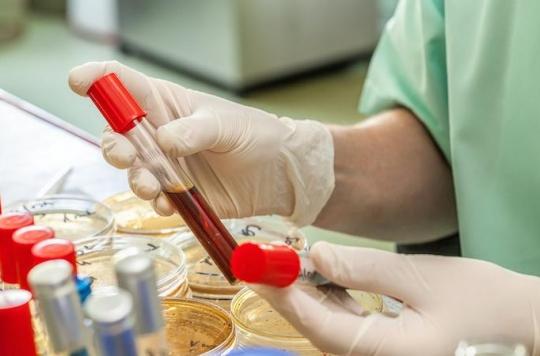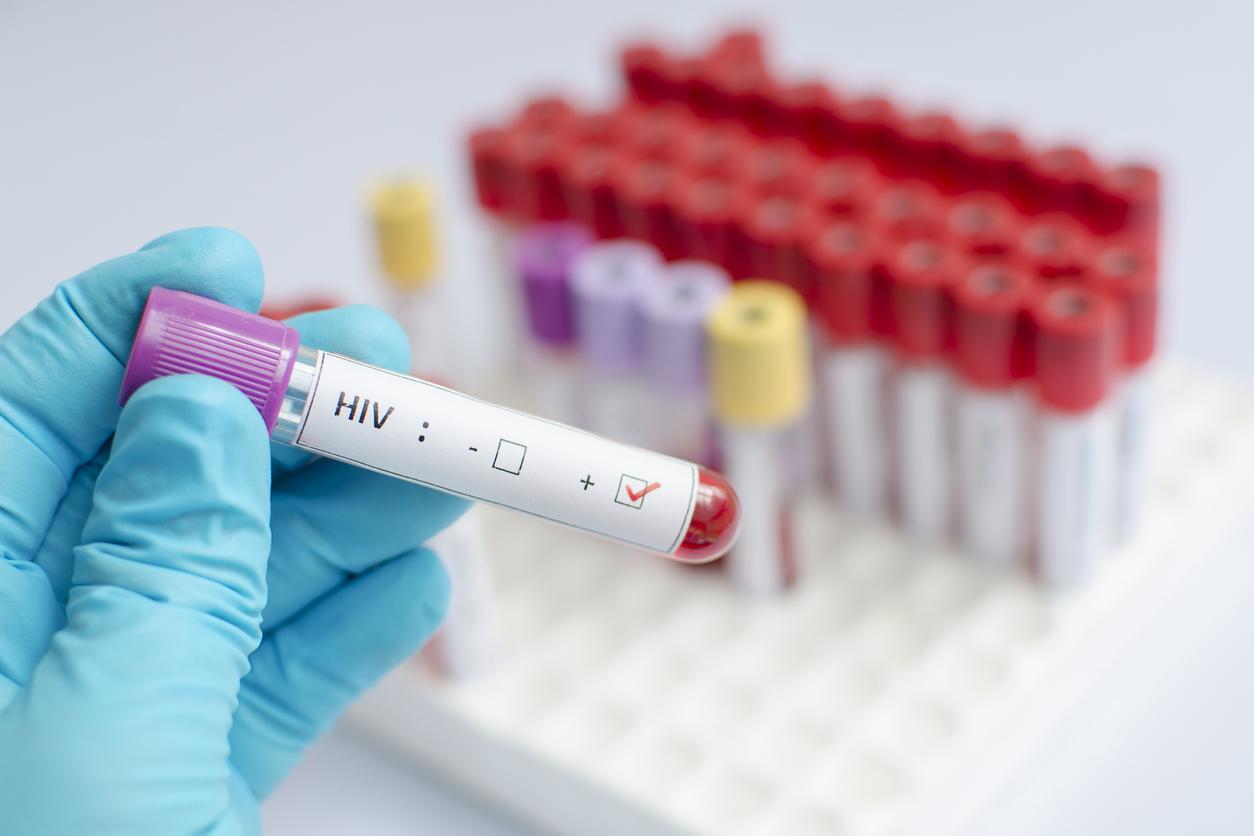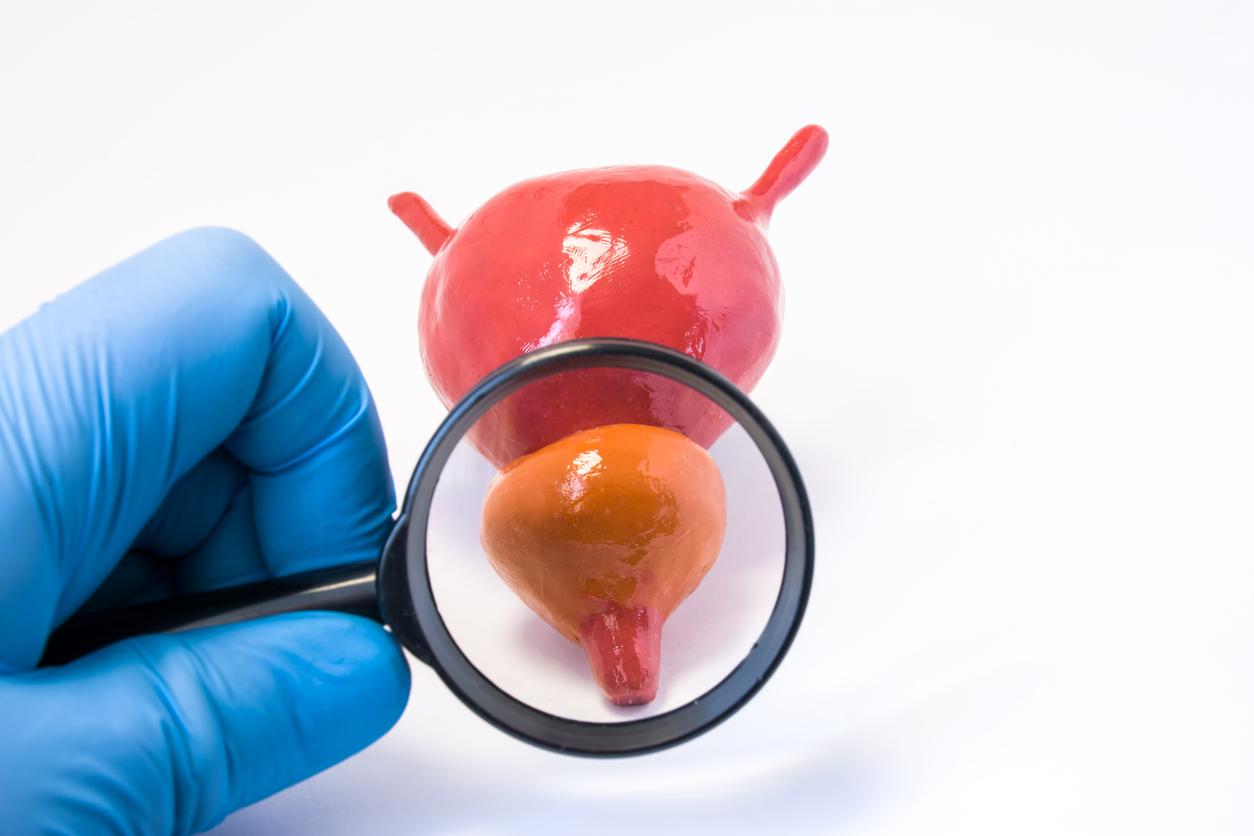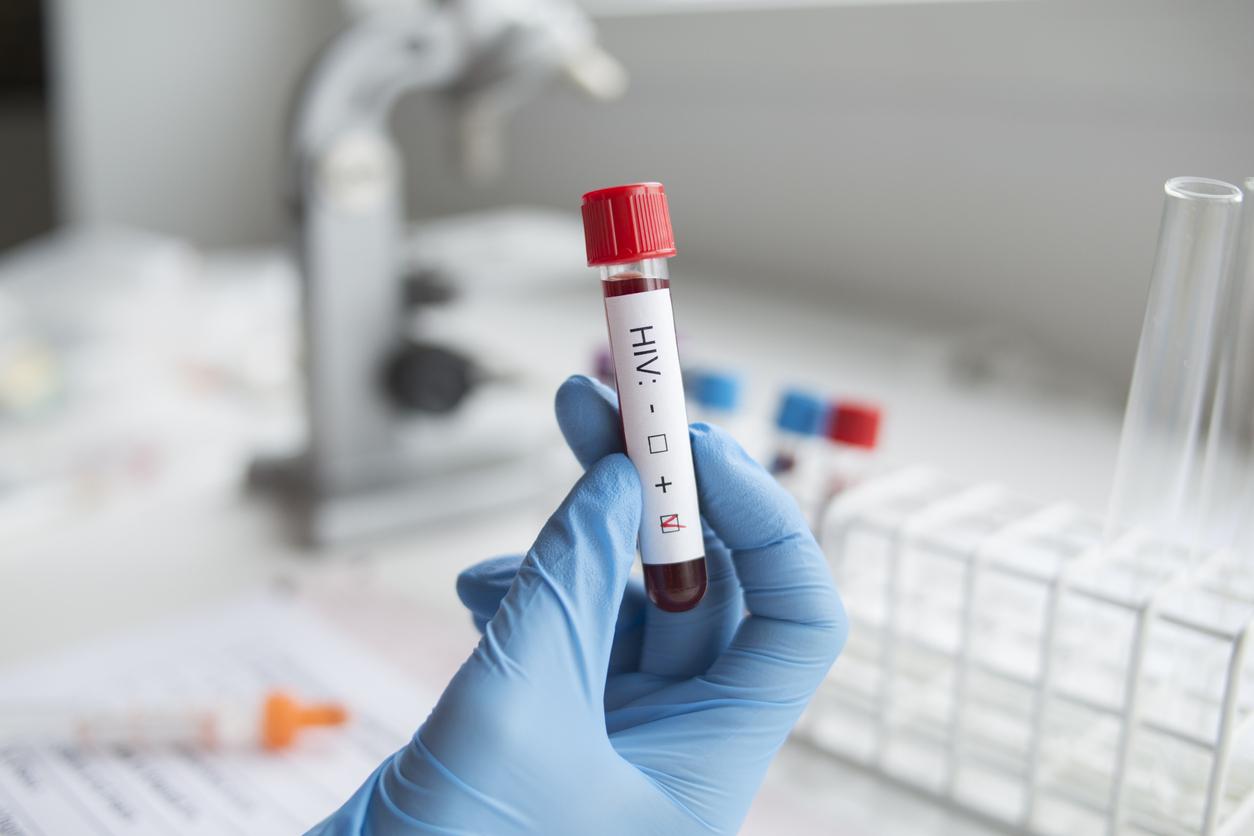American researchers have developed a blood test capable of detecting many more dormant copies of HIV than current devices.

Track HIV down to its nooks and crannies, the goal is ambitious. Current tests fail to do so. Only a small part of the virus reservoirs is identified. This step could be taken thanks to a team from the University of Pittsburgh (United States). In Nature Medicine, it details how a new blood test works.
With the help of available treatments, HIV is reduced to undetectable levels in patients’ bodies. Without however reaching the reservoirs of the virus. Drug candidates and vaccine candidates therefore target these dormant copies. The TZA test, developed by the Americans, can identify these.
A third cheaper
When HIV infects a host organism, it can transmit active viral DNA, which allows copies to replicate, or incomplete viral DNA. In the first, a specific gene is activated. This is exactly what the TZA test is looking for. With success: it identifies 70 times more dormant viruses in people undergoing treatment.
More efficient, the TZA test is also less expensive. It only requires a week of analyzes, which reduces its cost by a third. It should also prove invaluable for teams working on the development of future HIV drugs. They are now working to target the reservoirs of the virus.
A more precise test would make it possible to see the real impact of the treatments being tested. “These efforts will not progress if we do not have sufficiently sensitive and practical tests,” said Phalguni Gupta, who was involved in the development of the TZA test.

A new target for a therapeutic vaccine
The Scripps Research Institute (United States) also reports a major breakthrough in the fight against HIV. Its researchers identified a surface protein on the virus that they managed to mimic. By mimicking the envelope glycoprotein, the team succeeded in setting a target for the immune system, they explain in Immunity.
This work is carried out with a view to a therapeutic vaccine. Opportunity seized by the Karolinska Institute (Sweden), which managed to develop an immunogenic agent from these data. The vaccine candidate resulting from this work is at the origin of a reaction of the immune system. This produces antibodies which neutralize HIV subtype C in the primates used for the experiment.
.














